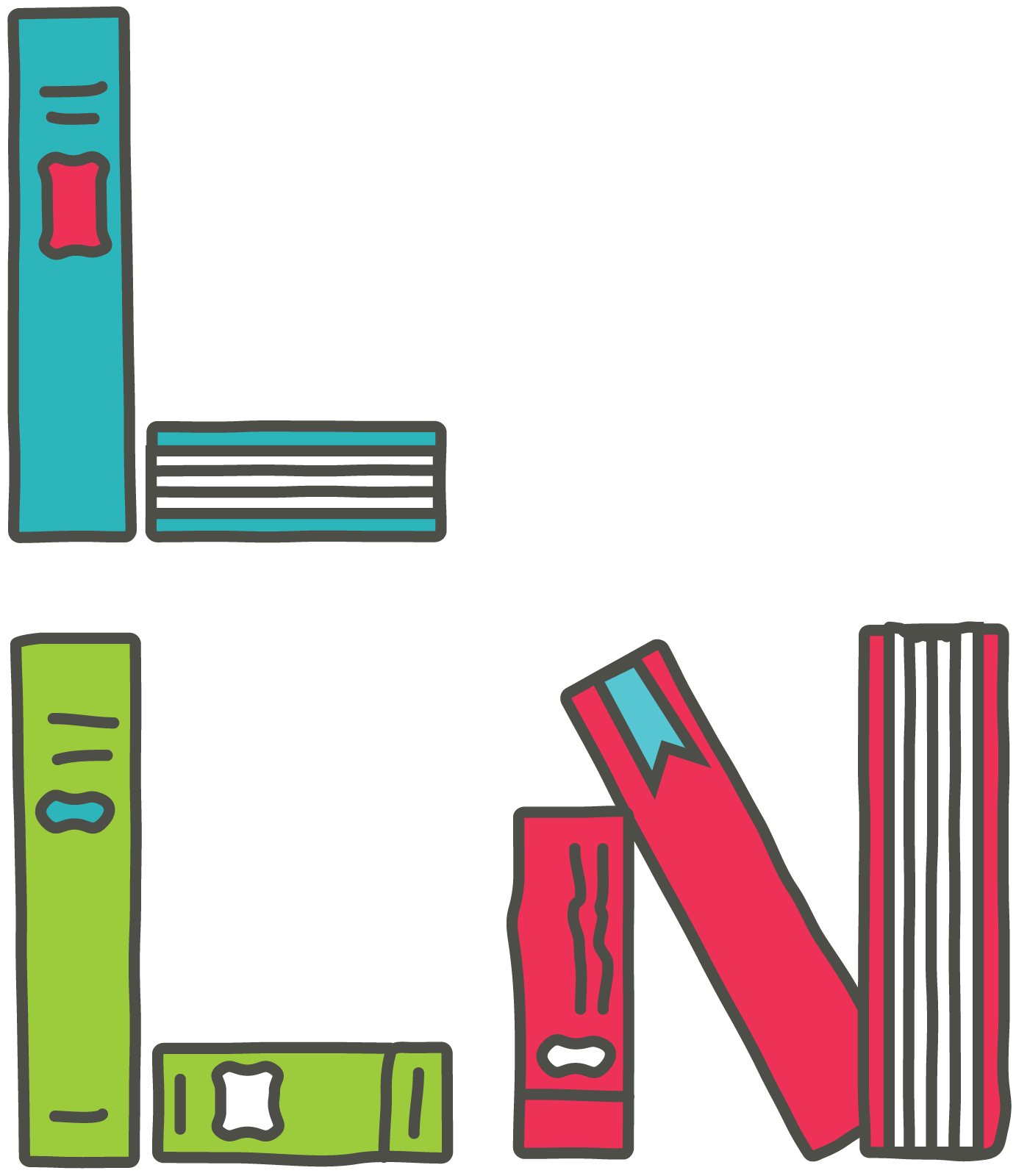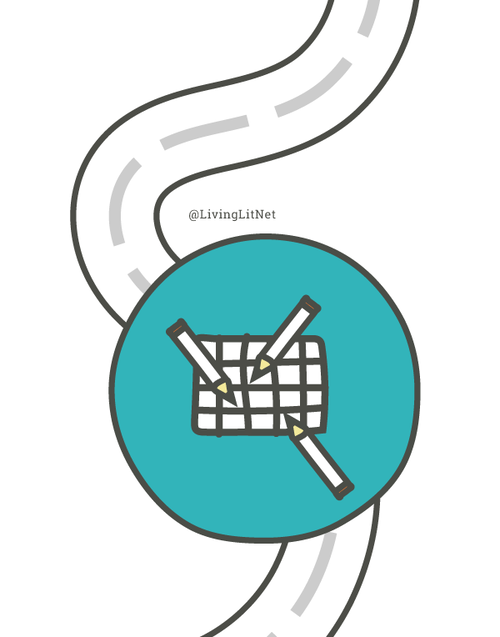Five Practical Ways to Support Struggling Readers
At the start of each year, we welcome a new crop of students into our classrooms. We are filled with high hopes of how much these kids will grow and learn under our watch and guidance.
We know that there will be bumps in the road as we go along but we also know we will see gains and obstacles overcome. Somewhere in the back of our minds, we know that a few if not more will struggle to make progress. Some might even really struggle. They will get stuck. We will feel stuck. Something won’t seem quite right.
We will want nothing more than a panacea to fill the cracks and close the gaps. We will hope for an immediate remedy—right here and right now. But what do we do when nothing seems to work?
Unfortunately, the answers aren’t so simple. Unfortunately, no single remedy or quick fix will do.
But based on decades of teaching experience and raising children of my own, I have learned to lean on intuition, trial and error, and a myriad of tools and strategies in literacy development that transcend what any one professional book has ever provided. Most recently, out of necessity and instinct, I have begun to immerse myself in the study of early literacy and reading difficulties.
The following are insights that I only wish I had known sooner and strategies that would have proven useful in reaching many students over the years in the classroom.
#1: The Essentials of Phonemic Awareness
I think many assume that by a certain point in schooling, a student should have acquired foundational skills—particularly in regards to phonemic and phonological awareness.
The problem is that this isn’t necessarily the case.
Early on, cracks start to form in children’s foundation skill set and often, we think we will fill those cracks but instead these cracks become wider. It gets to a point where the crack eventually separates and we have an older student with scattered foundational skills and lacking the necessary skills to keep up with on grade level work.
This is often problematic because these foundational skills are key indicators of reading success and are rarely assessed beyond kindergarten.
While a kindergarten teacher may have the curricular responsibility of helping children develop some of the most important foundational skills (to name a few):
Rhyming,
Syllables,
Phoneme segmenting,
Phoneme blending,
Phoneme manipulation, and
Phoneme substitution,
It is up to all teachers to assess and address these skills with students who seem to be showing reading difficulties.
Keeping this in mind and allowing for true differentiation in our classrooms to address these cracks might be one way we can support struggling readers.
#2: The Importance of Repetition
Teachers often reteach to reinforce skills with students who need additional practice when we don’t see evidence of retention.
In many cases we often ask ourselves, “Is this working?” “Should I switch it up?”
Students need both consistency and some new ways of looking at things in order from them to make progress.
Take sight words for example.
It has been found that average students without learning difficulties can begin to retain sight words after having exposure to the word three times. Whereas, it takes over thirty times for a child with a reading disability, such as dyslexia. This is a markable disparity. That’s not to say that all students who are ‘stuck’ have a reading disability, but I would bet that they would all benefit from some of the same practices.
Things like identifying and producing sight words, blends, digraphs, etc. need to be done again, and again, and again, and again.
And then one more time.
#3: The Power of Guided Reading
Get students into books with scaffolding and guided practice. Give students strong, thoughtfully scaffolded book introductions.
If they are stuck at a reading level, then take them through a whole book introduction at the next reading level- scaffolding challenges in meaning, syntax, and visual information, even if it feels like spoon feeding.
Build their background knowledge.
Background knowledge is one of the biggest factors that will increase a student’s ability to access the text. Talk to students about the genre and have them make predictions and don’t forget to read the back cover.
Once you start going through the book within the book introduction- talk to students about what’s happening on each page. Have them locate sight words, CVC words, blends or digraphs, spelling patterns, and word parts that they need support and reminders of in order to be successful with reading that text.
Draw student’s attention to sentence structures and explain how to understand them, especially when they differ from a student’s oral language.
Set a purpose for reading that is grounded in comprehension that they can achieve but is not overly complex.
Such as: “We are going to read to find out what new things we are learning about the octopus.” And then, let those readers read! They will benefit most from your 1:1 prompting and coaching as they negotiate the instructional leveled text.
Once everyone is finished reading, pull them back together to revisit the original purpose and to ask some higher level questions- such as an inference, fold in an additional teaching point, and follow up with an extension if needed.
An extension in word work is a perfect opportunity to give students more practice on foundational skills, giving them the over-exposure and repetition that they need.
And then, let them keep the books! They will most likely feel good about themselves after reading this book so the more practice, the better.
Rinse and repeat!
Make sure you’re giving them a mixture of some of their instructional leveled books and their just right books to help push them into the next level. We have to keep pushing and do what we think is best for our students.
Guided Reading is one of the most important components of a literacy program that supports struggling readers.
#4: The transfer and reinforcement of skills through Daily Interactive Writing
As a former kindergarten teacher, I can’t stress enough the importance of this instructional approach. It’s one of the best ways to introduce foundational concepts, reinforce skills previously taught, and it carries over into reading and writing throughout the rest of the day.
One particularly powerful activity is to create predictable charts.
Patricia Cunningham defines it as a daily practice to support early literacy skills. These predictable charts are an example of the repetition that struggling readers benefit from because it doesn’t feel redundant or skill and drill but the focus is very targeted and worked on over time. The way Cunningham outlines it is as follows:
Plan out an interactive writing activity by simply choosing a focus. For instance, in the beginning of the year for Kindergarten a 1st time lesson could have the focus of: use finger spaces and write the sight word “I”.
Choose a simple sentence such as, “I like ______”. The word “I” would be a sight word on the word wall that was previously introduced in word work and shared reading.
Every student has a turn across days. As you teach, you constantly remind students of conventions and say, “This is what we always do in writing…” and give examples.
You do a few a day- quick little bursts of writing instruction that packs a punch. While one student is interacting with you, the others interact in their own ways. To give a few examples:
using a white board and practicing the same exact skill as the student who is writing with you on the chart or air tracing,
clapping out the number of words,
planning the sentence across your fingers to see how they’re separate.
A couple of students can have a turn each day and at the end you have a predictable chart that they can now also read.
And this is just the beginning!
There are so many other opportunities you can imagine with this structure.
The most important part about interactive writing is that it gives your struggling readers a time to slow down, hone in on specific skills, and for that to follow them into their reading and writing work. Interactive writing is also a structure that you can use in small groups to support your students targeting the skills that they need.
#5: Clarifying misconceptions around diagnosing Dyslexia
One of the troubles that we encounter with dyslexia is the lack of diagnostics, early screenings, and an early diagnosis.
Unfortunately, many believe it can’t be diagnosed until after second grade. Waiting for a formal diagnosis so late, leaves cracks in a child’s reading foundation that takes years to fill.
Fortunately, current research is leading towards a shift in this belief and organizations are beginning to develop screeners but until then, we need to rely on early warning signs.
There is an abundance of research that supports the idea that supporting all struggling readers, regardless of dyslexic conditions, using the same modes of teaching, benefits all children.
We know that children benefit from a multi-sensory approach in teaching reading. But what does that actually mean? Having sight words with pictures involved, utilizing sentence frames, tracing the words, naming the letters, and using a kinesthetic movement to go with the word are a few different methods.
However, we need to create opportunities for transfer- showing the word in regular print on a card, in an authentic text, and manipulating the letters in the word to make new words.
Children who experience difficulty with reading, need us to help create the wiring in their brain so they can retain the words in a way that they will be able to apply them to reading and writing.
Being proactive and thinking out of the box with our struggling readers is what they need the most.
No matter what teachers do big or small, they have a tremendous impact. Children are curious and they inherently seek knowledge and want to learn. Ultimately, it’s up to us to help students make connections in their learning and to lift their levels of understanding to a point where they know how to apply skills in authentic ways.
A teacher’s greatest task is to crack the code and figure out how an individual student learns—the passageway of their thought process. While it may not be an easy task, we teachers are more than willing and equipped to help our students in any possible way.






